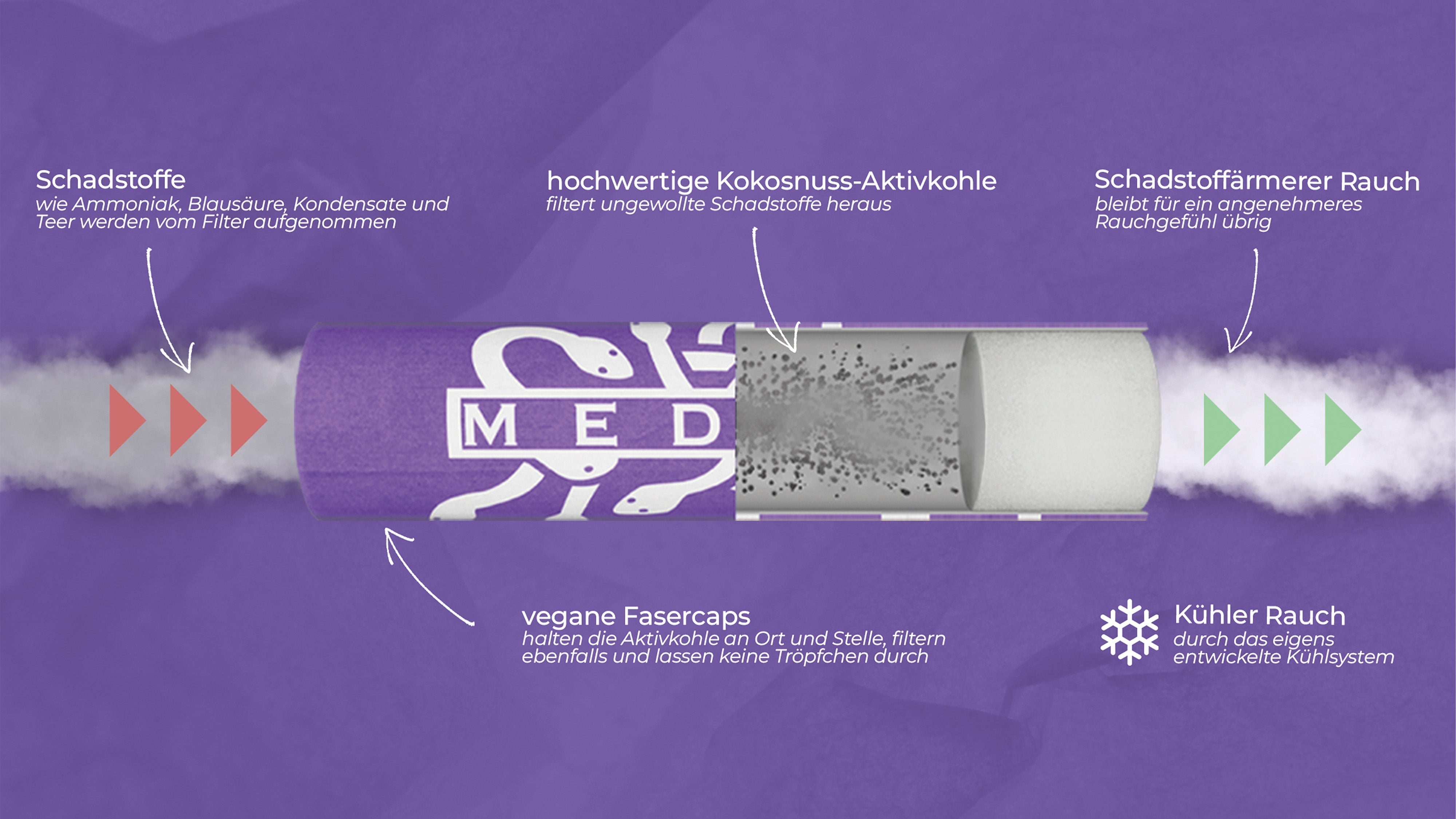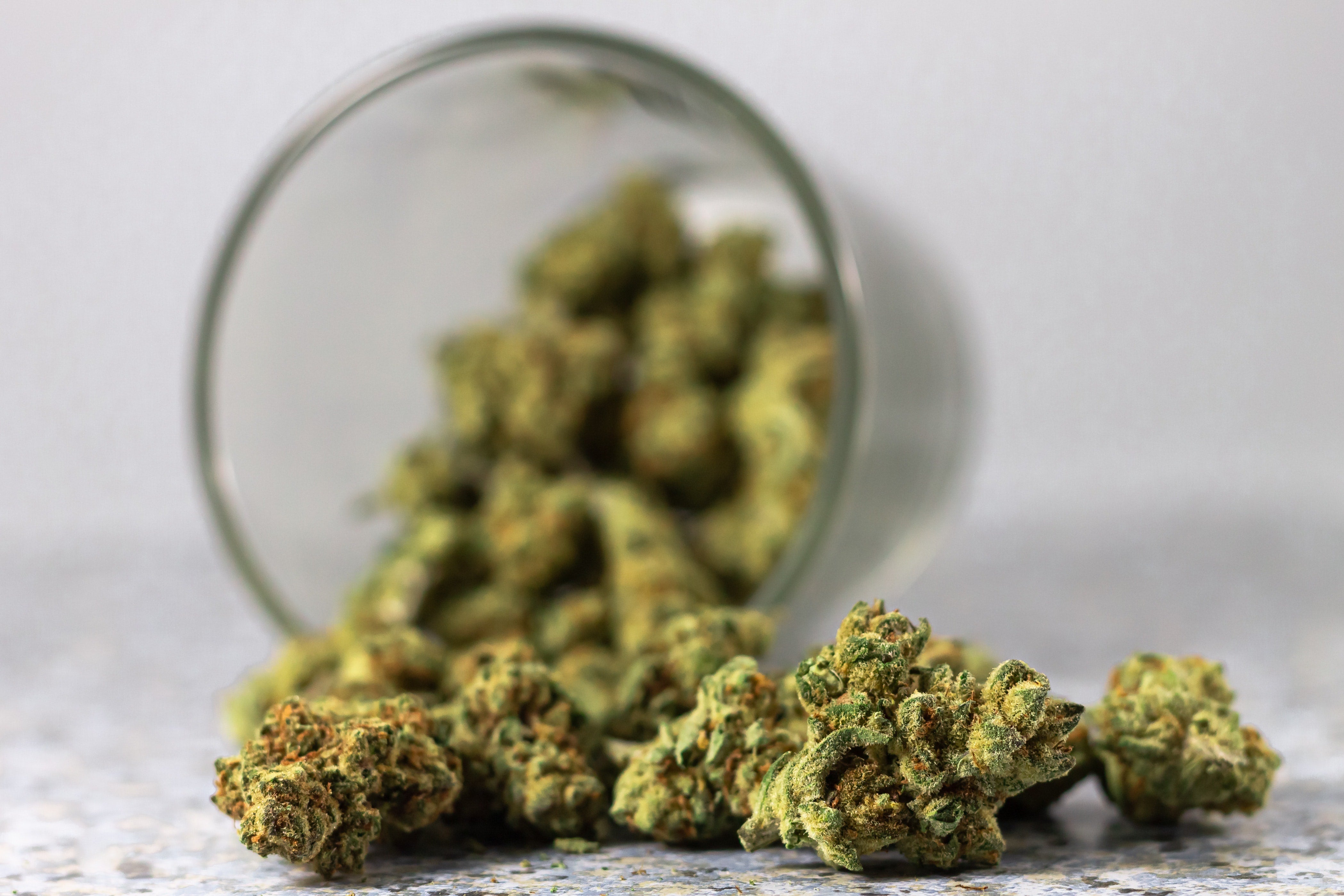The legalization of cannabis (most commonly taken in the form of hashish and marijuana) has been an issue for many years. According to current developments, cannabis (hemp plant) will also be legalized in Germany from 2024. This means that the active ingredient THC will also be permitted. Possession of this substance is currently still a punishable offense, but the legal situation in this context will soon change. In order to shed some light on tetrahydrocannabinol (THC), we would like to discuss its detectability. You can find out more in the following article.
What is THC?
THC, or tetrahydrocannabinol, is the main psychoactive compound in the hemp plant. It is responsible for the plant's intoxicating effects. THC interacts with the endocannabinoid system, a network of receptors found throughout the body that helps regulate a variety of functions, including pain, appetite and memory. When THC binds to these receptors, it triggers a series of chemical reactions that result in the "high" associated with cannabis use. THC is just one of over 100 compounds found in cannabis and is believed to play a role in many of the plant's therapeutic effects. Research into it is ongoing and scientists are working to understand its full potential.
THC – How is it broken down in the body?
THC is broken down in the body through a process called metabolism. This means that the substance is converted into other chemicals that the body can use or excrete. Some of these chemicals are psychoactive, meaning they can affect the mind and emotions. Other chemicals are not psychoactive. The fact is: The substance can still be detected after ingestion, several hours later. As the body eliminates the product from the body, THC breakdown products are formed.
THC and its breakdown products are usually less well known, which is why we will briefly discuss them. The active ingredient in cannabis can still be identified in blood, urine or saliva several hours after ingestion. The breakdown of the active ingredient creates THC-COOH (also called THC carboxylic acid), which can even be detected for several days. If consumed regularly, the detectability times can even extend to weeks and sometimes even several months.
How long is THC detectable?
The substance is the main psychoactive component of marijuana. It can be detected in the body for a certain period of time after ingestion. The duration depends on several factors, including how much of the substance was ingested, how often marijuana is ingested, and the person's metabolism. In general, the substance can be detected in urine for up to 30 days after the last consumption. However, with heavy use, THC can be detectable for up to 90 days when a hair analysis is performed. The substance can be identified in blood tests up to 24 hours after the last consumption. Detection by other methods, such as saliva or sweat tests, is not as accurate or reliable.
How long the substance remains detectable in a person's body depends on various factors, including frequency of consumption, route of administration and the person's metabolism. If taken occasionally, the substance may only be detectable in the body for a few days. However, for regular users, traces of THC may be present weeks or even months after the drug was last consumed.
The method of administration also influences how long it remains in the body. For example, smoking (joint) or vaporizing cannabis results in faster absorption and shorter detection times than consuming foods enriched with hemp plants. After all, the substance is metabolized at different rates by each person, which in turn influences how long it remains in the body. In people with a faster metabolism, the substance may only be detectable for a short time, while in people with a slower metabolism, traces may be present long after the drug has been stopped.
THC detectability: How can you detect THC in the body
Consuming cannabis or other drugs that contain the main active ingredient ensures that it is detectable in the body. But how is this proof provided, for example during a traffic stop? Basically, proof is possible in this way:
- Blood test
- Urine test
- Hair analysis
In order to clarify why there are different tests, we would like to briefly discuss the duration. For example, the substance can be detected in the blood for up to three days after the last consumption. The breakdown products of THC can still be seen for three weeks. It can be detected in urine for 24 to 36 hours. Hair analysis is the method that can detect the substance and its degradation products for the longest time. For example, hair tests can detect drug use for up to 90 days. Note: The duration is determined by the type of consumption and frequency.
How long is THC in the blood?
THC can be detected in the blood for a certain period of time after ingestion. This time period depends on several things, including how much THC was ingested, how often marijuana is ingested, and the person's metabolism. Generally, THC can be detected in this body fluid for up to 30 days after consumption. For heavy users, THC can be detectable in the blood for up to 90 days. THC can be detected in blood tests up to 24 hours after the last consumption. How long THC is in the blood or how long THC can be detected varies greatly depending on the consumer.
How long is THC detectable in urine?
It is possible to detect THC in this body fluid for a certain period of time. This time period depends on several factors, including how much was consumed, how often marijuana is ingested, the concentration of THC, and the person's metabolism. In general, the intoxicating substance can be detected in urine for up to 30 days after consumption. With heavy use, THC can still be identified weeks after the last consumption. Especially during traffic controls, the urine test is the most common method of proving THC - if the test is positive, this can quickly be punished with a fine or even the loss of your driver's license. So if a person ends up in a check even though they took a hit on a joint the day before, the choice between a blood test and a urine test should be the latter because the limit value is lower.
Detectability of THC in
THC is in the hair for a certain period of time after consumption. In general, THC can remain in the hair for up to 90 days after last use be. However, with heavy use, THC can be detectable for several months, but this can vary greatly depending on the person and the cannabis plant smoked.
The breakdown products of the substance are incorporated into the hair matrix during hair growth and are therefore visible for a long time. On average, a hair grows one centimeter per month. In a 12 centimeter long hair, the absorption of the drug, which took place a year ago, could still be determined. However, it must be noted that this test is very error-prone.
How to reduce the amount in your body
There are a few things you can do to reduce the amount of THC in your body. First, drink lots of water. The intoxicating substance is stored in fatty tissue, and drinking water helps flush it out of the body. Second, exercise regularly. Exercise helps burn body fat, where THC is stored. Finally, you should eat healthy. A healthy diet promotes a healthy metabolism, which helps break down the substance faster. By following these simple tips, you can help reduce the amount of THC in your body and lead to a healthier life.
Is it possible to completely remove the substance from the body?
Although it is possible to eliminate the substance from the body, it is not always possible to eliminate it completely, especially with regular consumption. THC is the main psychoactive compound in cannabis and can remain in your body for weeks or even months after you last consumed it. How long it takes to flush the substance from the body depends on various reasons, such as: B. on how much and how often you smoke, your body fat percentage and your metabolism. However, there are some things you can do to speed up this process, such as: B. regular exercise and drinking a lot. If you're worried about drug testing, there are also a number of detox products on the market that claim to remove all traces of THC from your body. While there is no guarantee that these products will work, they may be worth a try if you want to rid your body of cannabis.
Conclusion
Tetrahydrocannabinol (THC) is the main mind-altering compound in cannabis, giving the user the feeling of being "high". It can be detected in the body for different lengths of time, depending on numerous individual factors, such as: B. on how often you smoke, your metabolism and your body fat percentage. The most common method of detection is urine testing, which can detect THC 3 to 30 days after last use. If you're worried about traces showing up on a drug test, there are several ways to rid your body of the intoxicating substance before the test. Although success rates vary, it is possible to completely remove all traces of THC from your body.









































Leave a comment
This site is protected by hCaptcha and the hCaptcha Privacy Policy and Terms of Service apply.